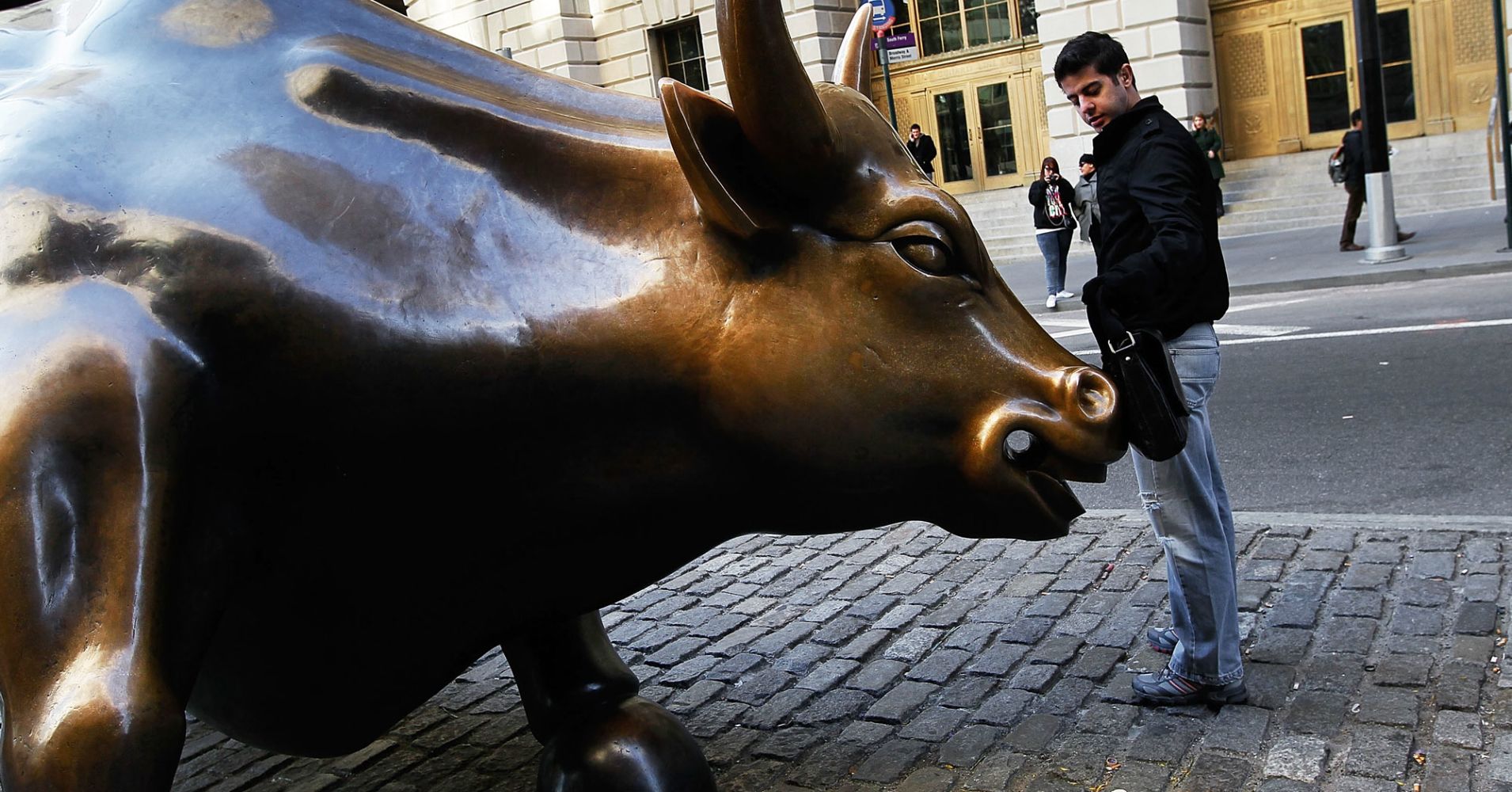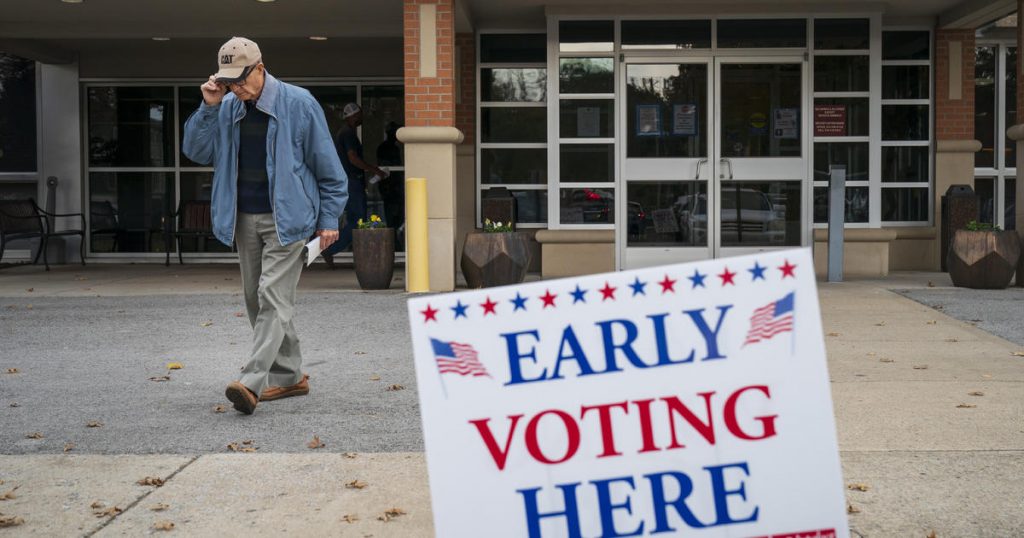
On Friday, the government delivered a nearly perfect jobs report.
More than 200,000 Americans a month on net are finding jobs.
The 3.1 percent year-over-year increase in wages is the best since April 2009, just a few month before the U.S. escaped the throes of the Great Recession.
While that’s a victory for workers, whether it indicates something bigger about inflation is what has Wall Street unnerved.
Wage gains don’t generally cause inflation, but they could be symptoms that pressure is brewing.
“At some point the market has to accept that what is good for Main Street is also good for Wall Street,” said Quincy Krosby, chief market strategist at Prudential Financial. “But that mantra changes if it puts too much pressure on margins and at the same time forces the Fed to see galloping inflation on the horizon. That makes for a much more aggressive Fed.”
Indications that the central bank might be more hawkish than Wall Street thought helped ignite an October sell-off that pushed the S&P 500 down nearly 7 percent for the month.
The market took Friday’s news about wages fairly well initially. However, premaket gains quickly evaporated in good part due to negative sentiment off Apple’s earnings after the close Thursday.
Government bond yields did rise in a move that would be consistent with higher inflation expectations.
The connection between rising wages and inflation and the Fed’s response was noted around Wall Street.
“Federal Reserve concerns about inflation will only grow as a result of labor market news this week,” said Gad Levanon, chief economist for North America at The Conference Board. “They will be more determined to continue raising rates to slow down growth and prevent labor market conditions from causing the economy to overheat and inflation from exceeding the bank’s target.”
As things stand, the Fed expects to back up December’s rate hike with three more in 2019 and another increase or two in 2020. While traders in the fed funds futures market have largely priced in the December increase, the market is implying just two moves next year with the central bank pausing after that.
President Donald Trump has criticized the Fed and its Chairman Jerome Powell multiple times in recent months, insisting that interest rate hikes are the biggest threat to U.S. economic growth. GDP rose 3.5 percent in the third quarter, and the Atlanta Fed expects another 3 percent quarter to close the year.
The Fed has no interest in pushing the economy into a slowdown, but members have been vocal that they don’t want to get behind the curve and have to tighten too quickly. They’ve also stressed that policy could change as conditions evolve in a different direction than the current path.
“The economy remains healthy as Chairman Powell pointed out and won’t buckle under despite President Trump’s criticisms. However, there are clouds on the horizon including home sales and capital spending,” said Sung Won Sohn, president at SS Economics. “The global economy, both Europe and Emerging markets, is slowing. The strong dollar is playing havoc with their external debt-service burden. The policy is data driven and the course could change.”

